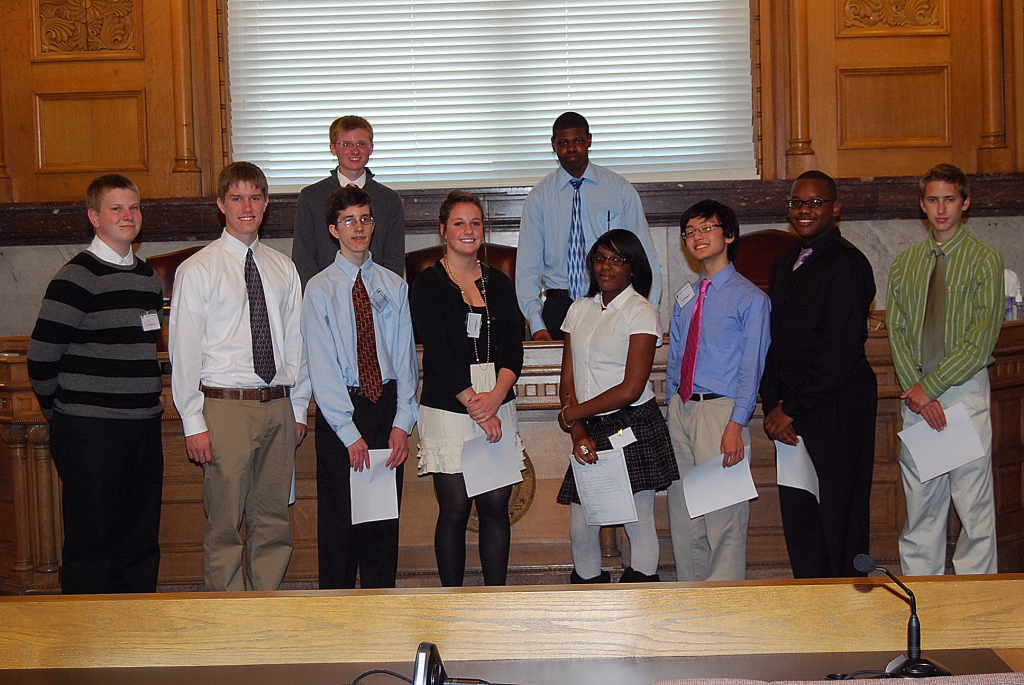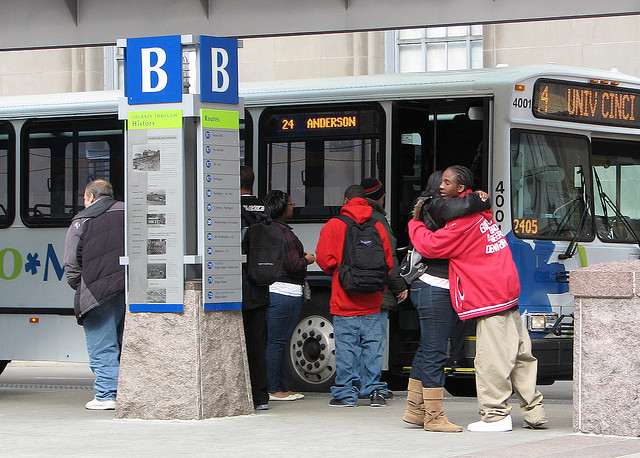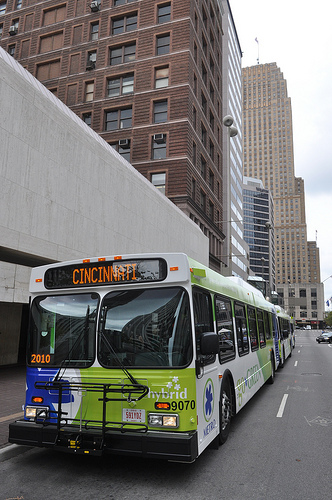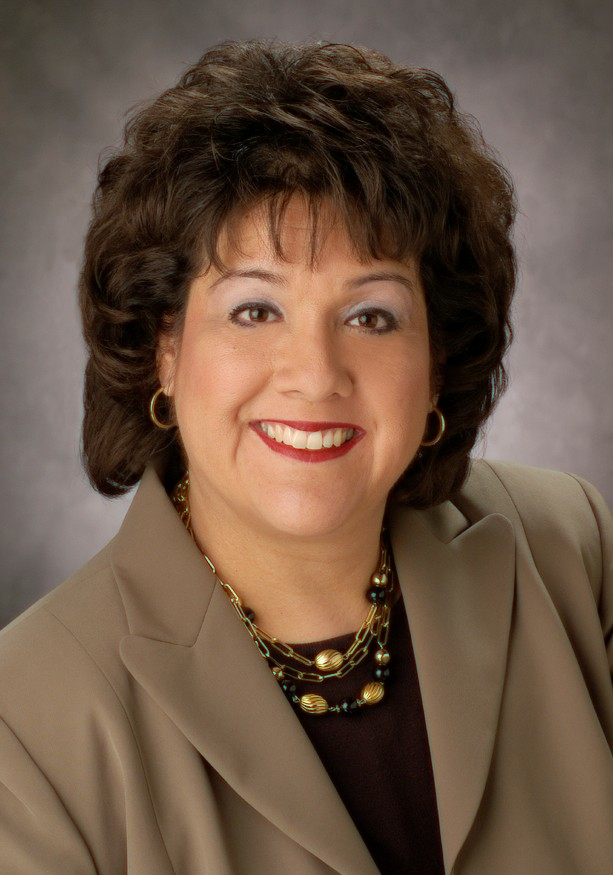Our nation’s housing crisis and subsequent economic recession has led to an enormous increase in housing vacancy, abandonment, and foreclosures across the country. Hamilton County is no exception; the crisis has left many in the region homeless and has put a fiscal burden on local governments across the region, leaving them with the multifaceted challenges associated with widespread vacancy.
In many cases, property vacancy creates a domino effect that leads to further desertion and vacant properties within a neighborhood. This not only results in less tax revenue for cities; vacant property can also lead to increased rates of crimes such as drug dealing, prostitution, and arson. Because vacant property damages are so extensive, it is becoming more and more important for a metropolitan area to have a mechanism in place to transfer vacant property to owners who can/will pay taxes and redevelop the property.
A land bank is a tool that is growing in popularity, and on Tuesday morning local governmental and nonprofit leaders met to discuss how a Hamilton County land bank should be formed, funded and operated.
In April, Ohio Sub House Bill 313 was passed, enabling Ohio counties to create a Land Bank/County Land Reutilization Corporation (CLRC). The purpose of the CLRC is to facilitate the acquisition, reclamation, rehabilitation, and reutilization of vacant, abandoned, tax-foreclosed, and other real property. While there are still many steps that need to be taken before the CLRC is fully functional, county officials are hoping to have the land bank chartered by the end of the year.
Although no specific funding decisions were made at the meeting, there are multiple ways the CLRC can be supported fiscally. For example, the treasurer could recapture penalties and interest on delinquent taxes and assessments on behalf of the CLRC, the group could generate revenue from the resale of rehabbed property, and/or the CLRC could be authorized to issue bonds, accept gifts, and apply for grants. The recently announced NSP3 dollars can also be used to acquire homes for the CLRC.
Not only will the land bank help to address vacancy problems regionally, it will also give local CDCs and nonprofits a chance to obtain blighted property before private out-of-town investors. With a broad jurisdiction, the CLRC will be able to acquire both mortgage foreclosed and tax foreclosed properties. Moreover, the legislation allows land banks to waive delinquent taxes owed in order to clear the title on the property. This tax abatement component is crucial because often the taxes owed on abandoned property are more than the property’s actual market value.
At Tuesday’s meeting, there was a clear consensus that the land bank not just be a pilot program, but instead be a comprehensive and wide-ranging tool that helps to alleviate one of our region’s most pressing problems.
“The Board of County Commissioners want to ensure that the way this is set up is consistent with the community’s vision,” Assistant Hamilton County Administrator Jeffery Aluotto stated on Tuesday. “Land banking holds a great deal of promise as a means of addressing the increase in vacant housing stock we have seen since the recession, and the direct impacts that those vacancies have on the quality of life and economic vitality of our communities.”
With successes in Cuyahoga County and Gennessee County, Michigan, local leaders have high hopes for the potential impact that the CLRC can have on our region.
UrbanCincy will continue to follow this story as it progresses in the coming months.









